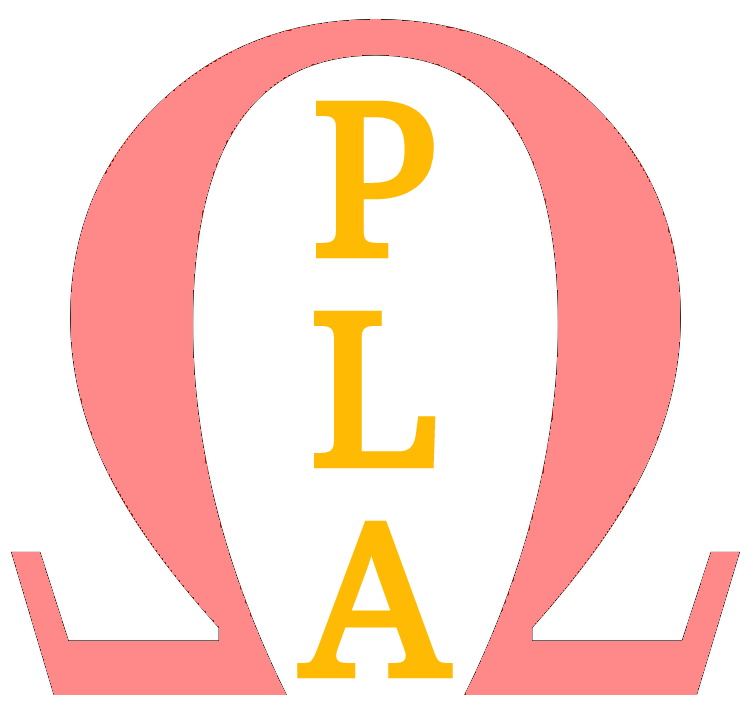How People in Different Cultures Studied Foreign Languages: Fashionable or Useful?
The study of foreign languages has been an integral part of human history, reflecting cultural exchanges, economic needs, and social trends. Across centuries and continents, learning a new language has been driven by practical necessity, intellectual curiosity, and, in some cases, social prestige. Here’s a look at how people in various cultures approached language learning, and whether it was seen as fashionable, useful, or both.
Ancient Civilizations: Language as a Tool for Trade and Diplomacy
In ancient times, learning a foreign language was primarily a practical pursuit. In regions such as Mesopotamia, Egypt, and China, trade routes connected different peoples, making communication essential for economic prosperity. For example:
Mesopotamia (circa 2000 BCE): Merchants learned Sumerian and Akkadian to negotiate trade deals with neighboring regions.
Egypt: Egyptian scribes often learned other languages, such as Greek or Aramaic, to communicate with foreign diplomats and traders.
China (Han Dynasty, 206 BCE – 220 CE): The Silk Road facilitated cultural and linguistic exchanges, and many learned Central Asian languages to enhance trade relations.
In these eras, language learning was driven by utility, not fashion. Fluency in multiple languages signified economic power and strategic advantage.
The Roman Empire: Greek as a Prestige Language
During the Roman Empire, the study of Greek became a marker of intellectual sophistication. While Latin was the language of administration and daily life, educated Romans studied Greek to access classical literature, philosophy, and science. Learning Greek was fashionable among the elite, as it symbolized cultural refinement and education.
In contrast, soldiers and traders learned local languages across the empire’s vast territories for practical reasons, ensuring smooth communication in their roles.
The Islamic Golden Age (8th–13th Century): Language as a Gateway to Knowledge
The Islamic Golden Age saw a flourishing of scholarship and linguistic study. Arabic became a lingua franca for science, philosophy, and literature, while scholars translated works from Greek, Sanskrit, and Persian into Arabic.
In cities like Baghdad, translators and scholars learned foreign languages to study and disseminate knowledge.
Language learning during this period was driven by intellectual curiosity and a quest for understanding, making it both useful and prestigious.
Renaissance Europe: Latin and Vernacular Languages
The Renaissance (14th–17th century) reignited interest in classical languages like Latin and Greek. Latin was essential for scholars, as it was the language of the Church, education, and diplomacy.
Wealthy European families often hired tutors to teach their children Latin and sometimes other European languages like French or Italian.
Learning foreign languages also became fashionable in courtly settings, as multilingualism signified sophistication and broadened marriage prospects.
18th and 19th Centuries: The Rise of Modern Languages
As nation-states formed and expanded their influence, studying modern foreign languages gained importance. French, in particular, became the language of diplomacy and high society in Europe during the 18th century.
In Russia, under Catherine the Great, learning French was not only useful for diplomatic ties but also considered fashionable among the aristocracy.
By the 19th century, colonial expansion made languages like English and Spanish vital for administration and trade in colonized regions.
20th Century: Language Learning for War and Globalization
The 20th century saw significant shifts in language learning, influenced by global conflicts and economic developments:
World War II: Soldiers and intelligence officers studied enemy languages like German and Japanese for military strategy.
Post-War Period: English emerged as the global lingua franca due to the United States’ economic and cultural dominance. Language learning became crucial for international business, travel, and education.
In non-Western cultures, people learned foreign languages to access global opportunities. For instance:
In Japan and Korea, studying English became essential for economic advancement during the late 20th century.
In India, English served as a unifying language for a diverse population and as a tool for international commerce.
Present Day: A Blend of Usefulness and Fashion
In the 21st century, technology and globalization have transformed how and why people learn languages. Apps, online courses, and virtual tutors have made language learning more accessible than ever. Today, the motivations for learning languages vary:
Practical Usefulness: Professionals learn languages like Mandarin, Spanish, or Arabic to enhance their careers in global markets.
Cultural Interest: Many people study languages to connect with heritage, travel, or enjoy foreign media such as films, books, and music.
Social Prestige: Speaking multiple languages remains a marker of education and sophistication in many circles.
Final Thoughts
Throughout history, the study of foreign languages has oscillated between practicality and fashion, often embodying both. Whether it was merchants learning to trade in ancient Mesopotamia, Roman elites studying Greek to showcase their refinement, or modern professionals mastering Mandarin for career growth, language learning continues to be a powerful tool for connection, opportunity, and cultural enrichment.
At Polyglottist Language Academy, we celebrate this timeless tradition by offering courses in over 15 languages. Whether you’re learning for professional reasons or personal passion, we’re here to help you on your journey. Start exploring the world through language today!

